The importance of elephants on the ecosystem
on Oct 06, 2020Besides being one of the iconic animals of African continent and stands out as one of the most intelligent creatures in the world, African elephants are a very important part of the ecosystem. They also have a very significant cultural resemblance that earns them much respect.
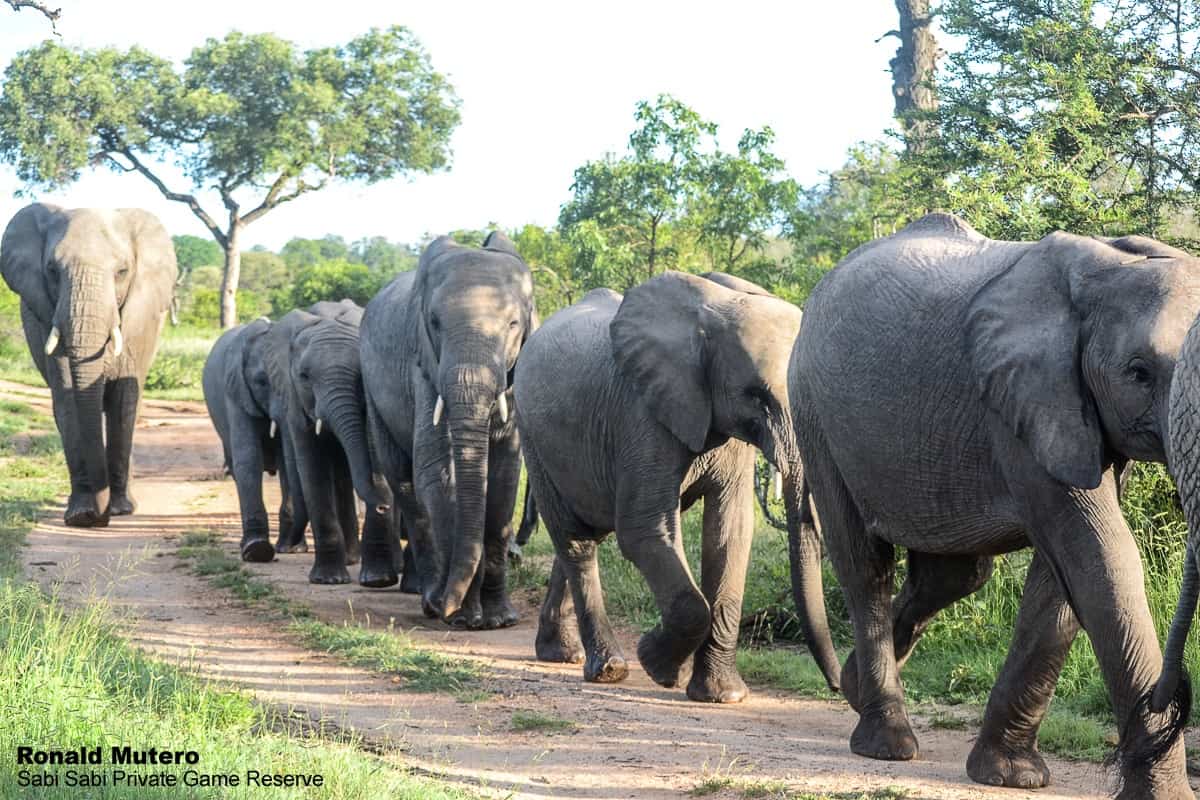
Many times when we see elephants pushing down trees, the first thing that comes to mind is that they are destructive creatures but in actual fact, elephants are a keystone species and they do play an invaluable role in their ecosystem by shaping the landscape they live in to allow others to thrive. Elephants, being the largest land mammal, their size can maintain and modify the physical environments around them in a way that helps the wildlife community one way or the other. When elephants push down trees to feed, they create habitats for other smaller species of animals like lizards and spiders. Often these fallen over trees create micro habitats that enables smaller species to co-exist together.
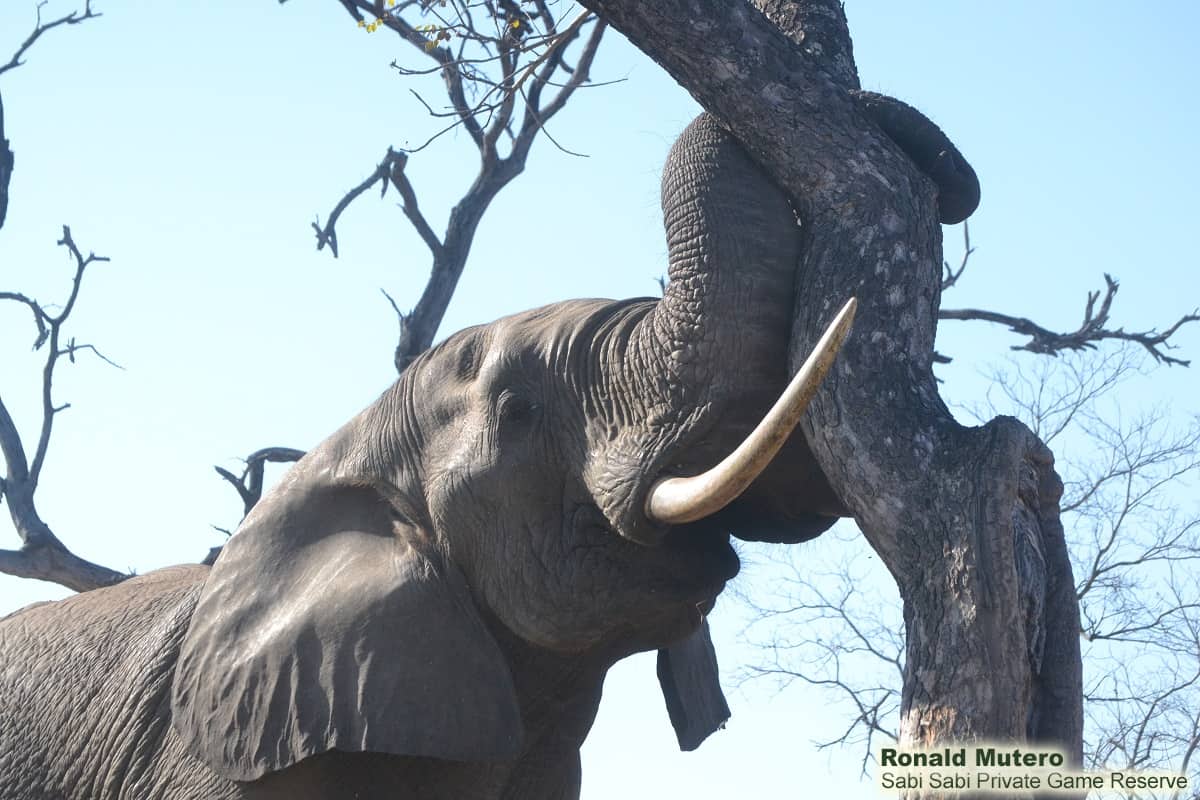
Often, we will see elephants moving in big breeding herds made up of the matriarch, other females and young, but we can also see small herds of bulls or a lone bull in the savannah. They feed on what there is to offer, ranging from shrubs and sprouts to leaves, grasses, fruits and cambium layers found on the underside of bark.
Elephants will often push down trees all year around but seen more so in winter in order to get to the lush leaves at the top of the tree or to get to the roots of trees where the nutrients are being stored for the winter season. This helps in the process of making and maintaining plains or open areas, which in turn helps support other animals, especially plains game. By removing shrubs and trees it promotes the growth of quality grasses that are favoured by plains game. During winter periods in Africa, the land gets dry and elephants dig for water using their tusks and trunks therefore creating waterholes for other smaller animals such as impala.
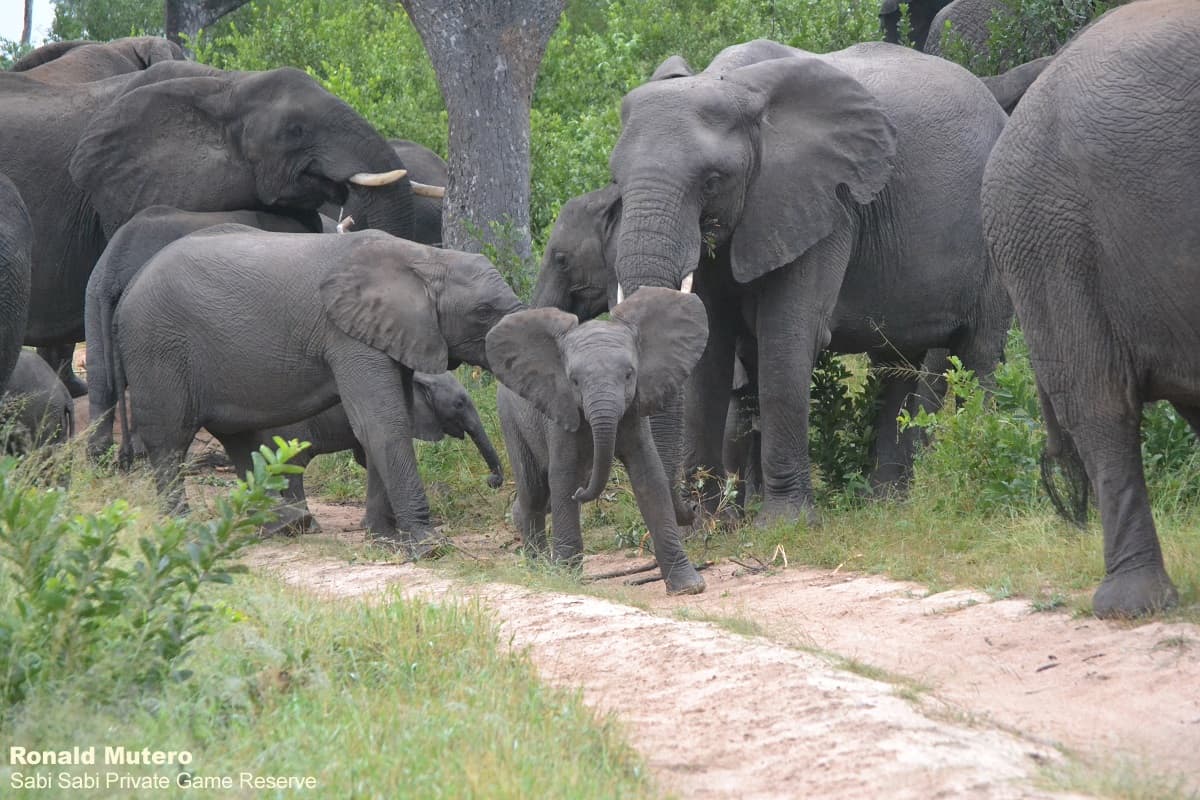
Most trees, for example Marula trees, are helped to be germinated by seed dispersal through the elephant’s dung. The digestive process of an elephant is incredibly fast, so this may not spread too wide but does help maintain a healthy number of Marula trees in the area.
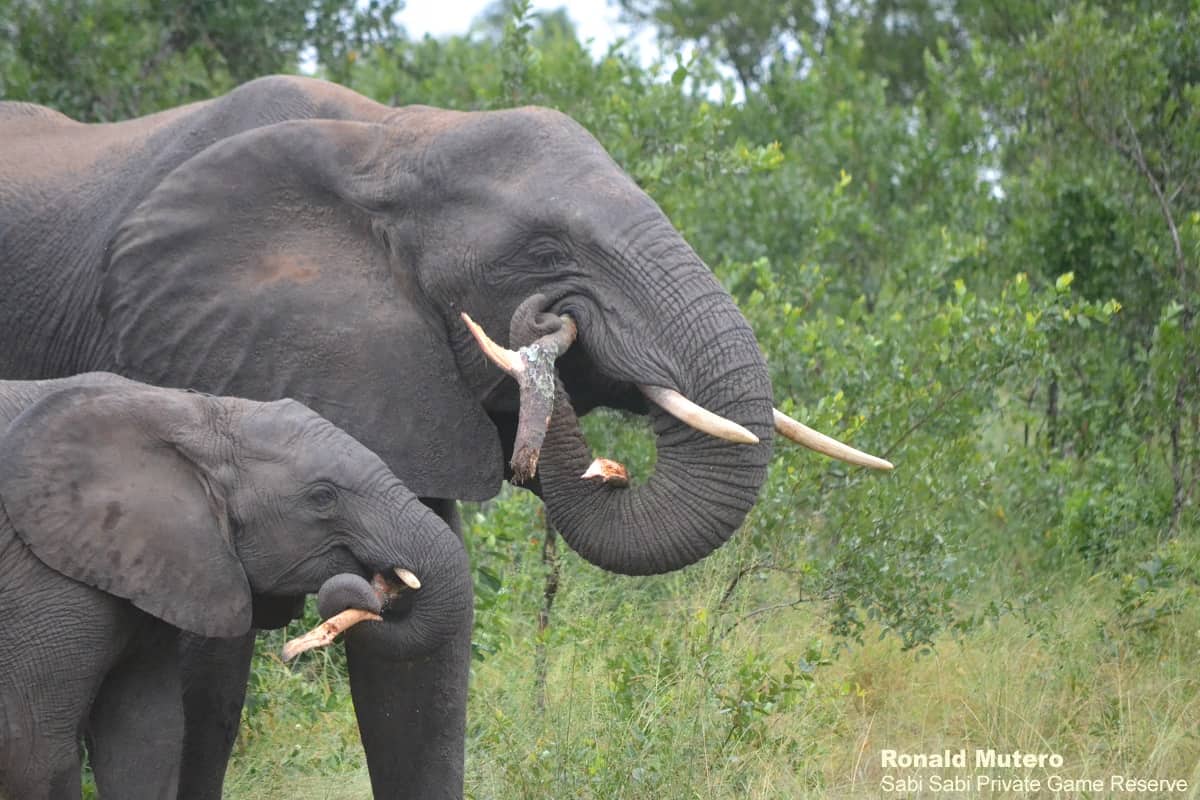
As nitrogen can be limited in certain areas, elephants help compensate for this by moving nutrients, especially nitrogen, across the landscape as they defecate. If the population of elephants continues to shrink, this nitrogen will then be concentrated in smaller and smaller areas which will then have a chain of consequences involving the ecosystem.
Elephants provide food for other organisms in the ecosystem. Their dung is a very important and plentiful source of food for a host, such as dung beetles. Besides providing food for the dung beetles, the dung beetles bury their dung as a process of reproduction. As they do so, they loosen tightly packed soils and the nutritious elephant fertiliser to where it is needed most, where plant growth begins. When the larvae of the dung beetle hatches, they provide food for other smaller animals like honey badgers and mice.
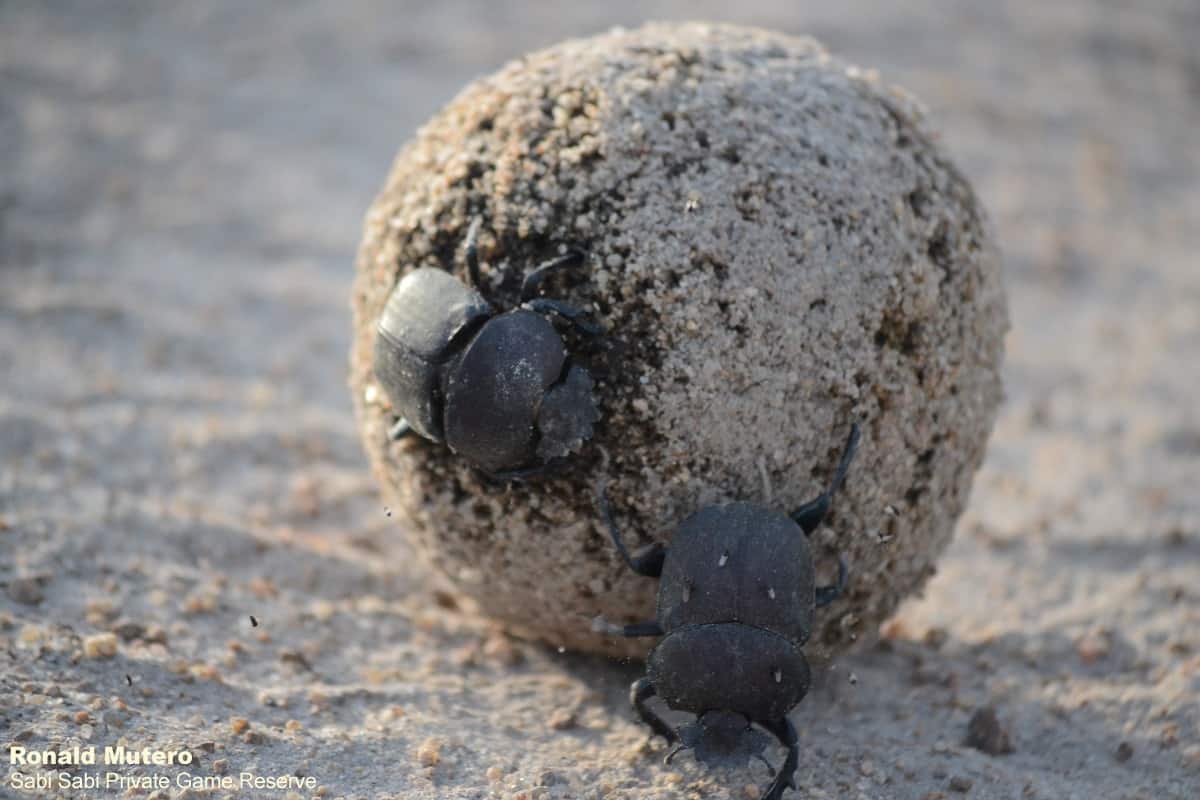
Every organism in the natural ecosystem plays its role in maintaining and keeping the ecosystem balanced to a healthy equilibrium.






